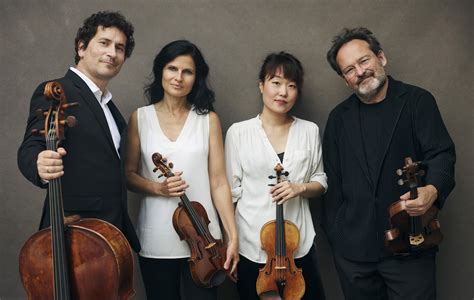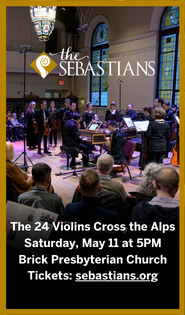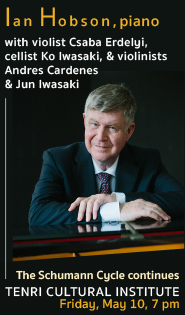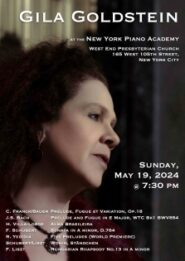Belcea Quartet proves masterful at Zankel Hall
Sometimes, a cigar is just a cigar. But not simply a cigar, but one that’s exquisitely constructed and perfectly aged.
That was Thursday night’s concert from the Belocae Quartet in Zankel Hall; some of the greatest works in the repertoire played with superior artistry and instrumental skill.
The Belcea played Beethoven’s String Quartet in C minor, Op. 18, no. 4, Bartók’s String Quartet No. 1, and after intermission Debussy’s String Quartet in G minor. These were gorgeous and stirring performances. The quartet’s sinewy, back-lit sound carried so much of the sonic beauty of the music, and the energy behind the playing was full of style, feeling, and expressive depth.
This was one of those performances where the first note was heavy with the excitement and pleasures to come. Violinist Corina Belcea played the G that picks up into the opening of Beethoven’s Fourth Quartet with a slight rhythmic inflection, like a shorter value than the printed quarter note, and with that everything that followed had an edge of urgency. Pulse and tempos were steady throughout the concert, and each seemed ideal, but there was also the invigorating feeling that the musicians were pushing forward, surfing a burgeoning wave of impressions and ideas.
This was easy with the built-in precipitous rhythms of the first movement, and also held steady in the idiosyncratic slow scherzo, which had a bouncing, convivial feeling. The Menuetto had a strong, organic pulse, and the final movement was again edgy, with a thrilling coda.
Rhythm is essential to Beethoven, the quartet’s rhythmic feel and articulation drove this playing, as it did for the other two pieces. Keeping rhythms clear and steady in the slow opening movement of the Bartók quartet was a high-level achievement, the reward was the expressive resonance when the individual horizontal lines came together in rich, vertical chords. Cellist Antoine Lederlin played his solos with a big, singing tone.
One relished the quartet’s timbre in this and the Debussy quartet. The reediness in the finale of String Quartet No. 1 was bracing, but not abrading, forceful but never thin. It made the contrasts of the tender moments that much more effective.
The Debussy quartet was tremendous, completely spellbinding, moving from one haunting and luscious sensation to another. The sound, a feeling of earthy mass with a touch of lilt on top, was perfect for Debussy, as was the feeling of urgency again, which like in the Beethoven quartet came out of pushing at the rhythms without ever rushing.
This was at the forefront in the dancing second movement, and just as strong, though subtler, in the Andantino. The Belcea played this movement with an extraordinary sense of freedom, the sureness of the pulse keeping them tethered to each other and the music in a way that was deeply expressive and beautiful. The flow of the shifting moods in the finale was masterful.
A performance like this demanded an encore, and not only was it just as finely played as the preceding pieces, but the Belcea conceded nothing to conventions of entertainment—they played the Adagio from Bartók’s String Quartet No. 5. The music is haunting and mysterious, and the Belcea played it with the kind of floating feeling and uncanny ambiguity of a lucid dream.
The Quartetto di Cremona plays Wolf, Beethoven, and Ravel 7:30 p.m. October 26 in Weill Recital Hall. carnegiehall.org






